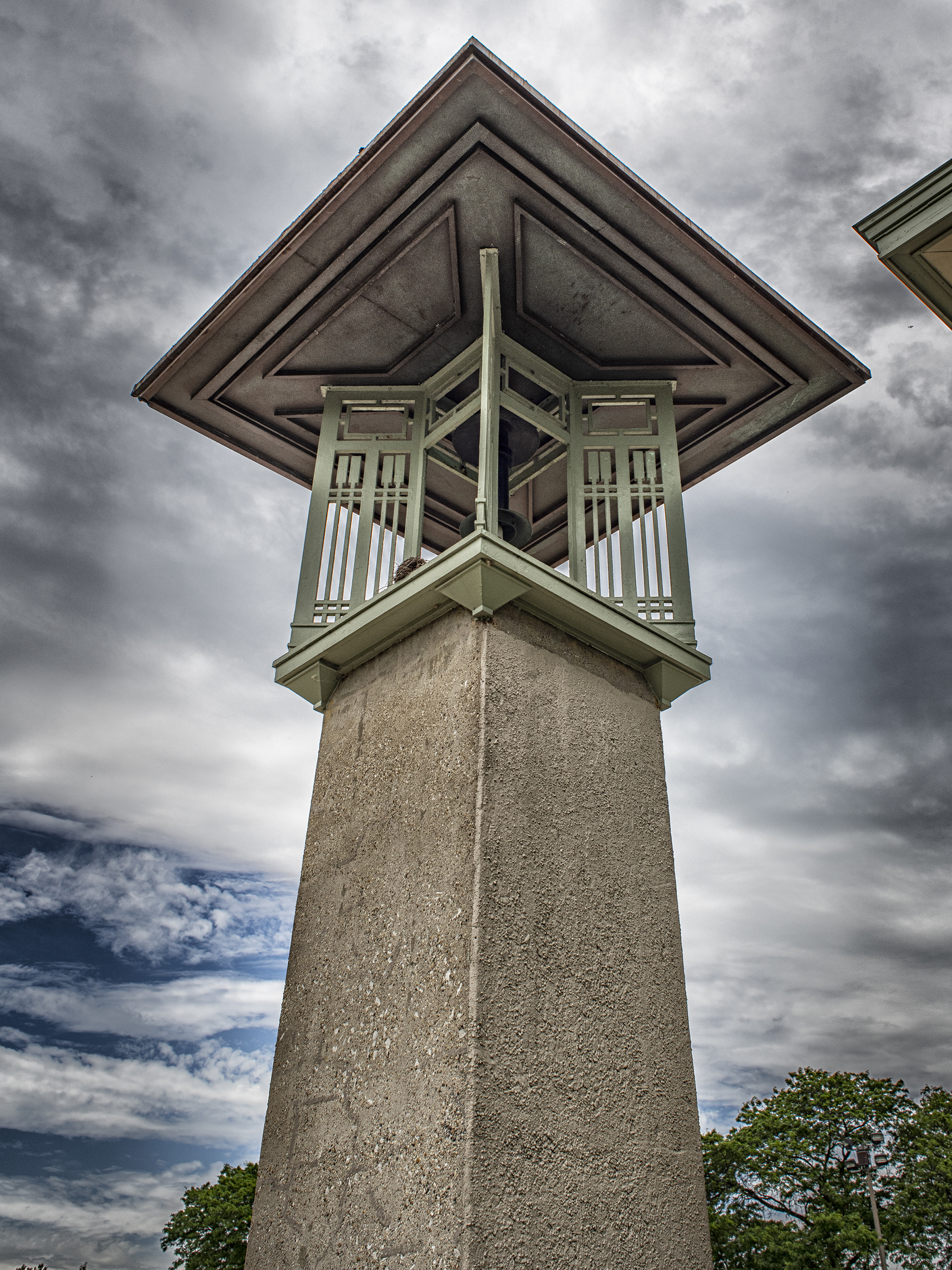In the early 1930s, a Humboldt Park teenager named Saul Bellow sometimes sat on the steps of the park’s boathouse with his crush, Yetta Barshevsky.
“Under the huge arches … she lectured me on Leninism, on collectivization, on the sins of Stalin and his inferiority to Trotsky,” Bellow wrote more than 60 year later, when he was a highly regarded novelist and she, after a career as a socialist politician, had recently died.
In the days before air conditioning, summer was oppressive for Chicagoans, and in particular, for those working-class Chicagoans who didn’t have North Shore estates or other retreats from the humidity.
Much like today, Chicago’s parks were used to get out of dense neighborhoods and enjoy nature. At some of the great early 20th century parks and beaches, open-air buildings or pavilions were an integral part of the experience, including the 63rd Street Beach House (1919) and Douglas Park Flower Hall (1907).
But possibly the most gracious of these open-air buildings is the Humboldt Park Boathouse. Humboldt Park was designed to be accessible for everyone — particularly “those who have no other garden except their window sills,” wrote park architect Jens Jensen in 1908.

The park itself dates to 1871, but its present layout — with lagoons and a river that seem to naturally meander through a formal garden guarded by two bison statues and the boathouse — date to a redesign by Jensen. The architect tapped a friend, Richard E. Schmidt, to design the boathouse, according to Chicago Historian and Preservationist Julia Bachrach.
Built in 1907 and renovated 98 years later, the boathouse is right out of the Prairie style of architecture that Chicagoans were developing and exporting around the country at the time.
With three large arches beneath a low-slung roof and ornamented all around with assorted patterns of circles and squares, it’s also a great perch for watching people fish, float in swan paddle boats or look for turtles around the edges of the park’s north lagoon.


Jensen had a huge impact on Chicago parks, Bachrach writes. In 1888, he planted the American Garden in Union Park, utilizing native plants that could thrive here better than the fussy European garden plants of the era.
Two decades later, when he was named chief landscape architect of the city’s West Side Park District, he used Humboldt Park as the laboratory where he worked out his ideas. Rich people could move to the suburbs, Jensen wrote, but for those who couldn’t, “to make the modern city livable is the task of our times.”

Looking north from the boathouse terrace, the view was (and still is) of the lagoon. Looking south, it was of a bandshell ornamented with the same circles and squares. Between that and the boathouse lay a music court, with an audience seating and strolling area, now a parking lot. The bandshell burned down in the 1970s or 1980s, according to Bachrach.
The park fell into decline in that era, too, and the boathouse fell into disrepair. Old Chicago Tribune articles describe it covered with graffiti and with its windows boarded up. The early 2000s restored the place to its original elegance, and the building regained its place as the centerpiece of one of Chicago’s prettiest parks.
Sitting on the steps under those big arches on a summer afternoon might be the 2020 version of Saul Bellow’s and Yetta Barshevsky’s youth, just enjoying the sunshine and talking about socialism.
Dennis Rodkin is a real estate reporter for Crain’s Chicago Business and Reset’s “What’s That Building?” contributor.


